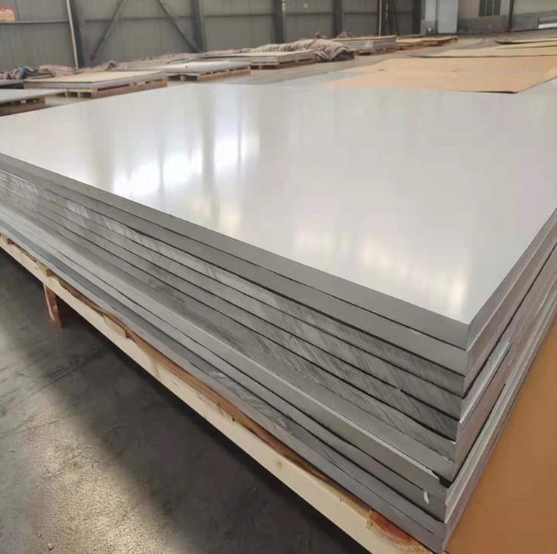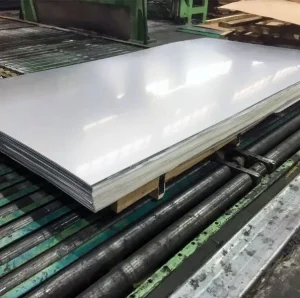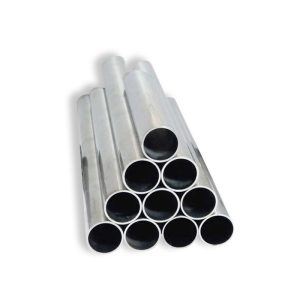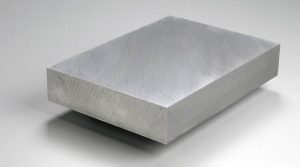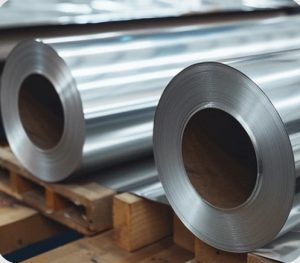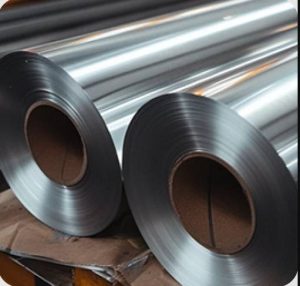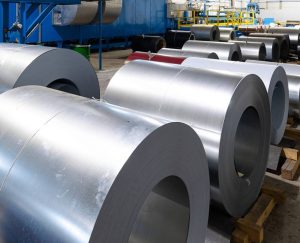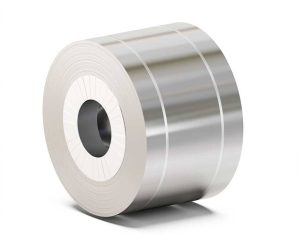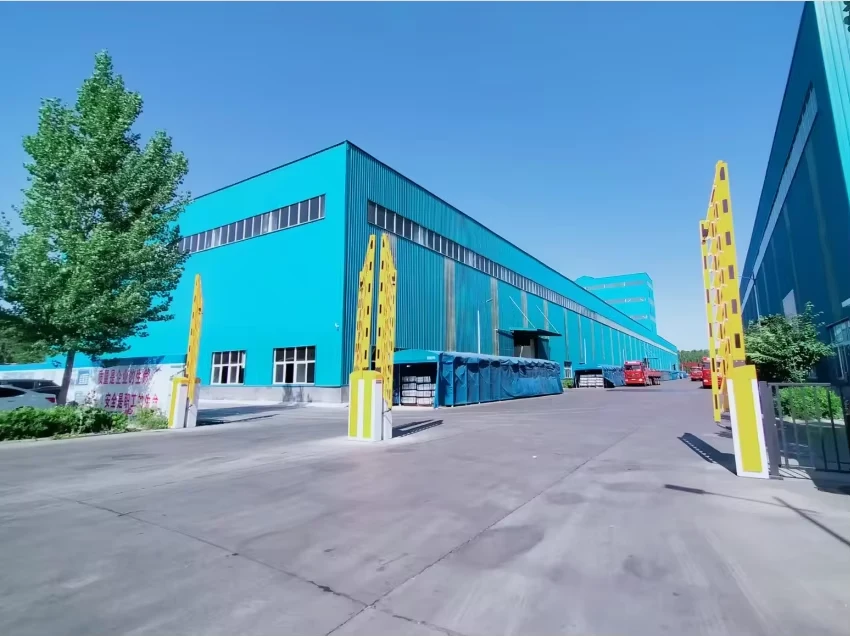1060 Aluminum Plate might look like plain vanilla in the alloy world—until your busbar melts because you picked a “stronger” but less conductive metal. Why do 40% of electrical engineers still argue about 1060 vs. 3003 for heat sinks? Let’s cut through the noise and explore why this 99.6% pure alloy dominates power systems and thermal management.
Why Electrical Conductivity Isn’t Just a Buzzword
Problem: A 2023 IEEE study found that 27% of transformer failures stem from using alloys with <55% IACS conductivity.
Solution: 1060 Aluminum Plate delivers 61% IACS conductivity—second only to pure copper at a fraction of the cost.
Case: Siemens reduced grid substation losses by 14% by switching from 6061 to 1060 for busbar systems.
⚠ Warning: Never use 1060 in coastal areas without anodizing—salt spray causes pitting within 6 months.
1060 vs. 3003 Aluminum: The Conductivity Faceoff
| Property | 1060 Aluminum Plate (Project A) | 3003 Aluminum Coil (Project B) |
|---|---|---|
| Electrical Conductivity | 61% IACS | 43% IACS |
| Thermal Conductivity | 234 W/m·K | 193 W/m·K |
| Tensile Strength | 70 MPa | 145 MPa |
| Corrosion Resistance | Poor (needs coating) | Good (Mn-enhanced) |
| Cost per Ton (2024) | 2,100–2,100–2,400 | 2,600–2,600–2,900 |
5-Step Guide to Maximizing 1060’s Thermal Performance
- Thickness Matters: Use 3–6mm plates for heat sinks—thinner gauges warp above 150°C.
- Surface Prep: Mill finish works, but electropolishing boosts heat dissipation by 12% (ASM International, 2022).
- Joining Method: Ultrasonic welding outperforms rivets—reduces thermal resistance at joints by 30%.
- Coating Choice: Opt for black anodizing for radiative cooling in enclosed spaces.
- Supplier Vetting: Source ASTM B209-certified 1060 Aluminum Plate from trusted vendors like Shanxi Luokaiwei Steel Company.
Last year, I saw a solar inverter fry because someone used 3003 instead of 1060 for heat spreaders. Lesson: Conductivity trumps strength in static thermal apps.
3 Costly Mistakes with 1060 Aluminum
- Ignoring Annealing: Cold-rolled 1060-H14 plates crack during bending—anneal at 345°C first.
- Wrong Alloy for Loads: 1060’s 70MPa tensile strength fails in vibrating systems—upgrade to 6061.
- Fake Material Certificates: 18% of “1060” plates fail purity tests (Aluminum Association, 2023).
How ABB Revolutionized Transformer Cooling
Problem: Oil-cooled transformers using steel casings overheated in Middle Eastern climates.
Solution: 1060 Aluminum Plate enclosures with integrated fins cut temps by 22°C passively.
Result: 35% longer transformer lifespan across 120+ installations.
The Science Behind 1060’s Conductivity Edge
With 99.6% aluminum content, 1060 Aluminum Plate minimizes electron scattering. Its face-centered cubic lattice structure achieves 2.65 µΩ·cm resistivity—just 56% higher than copper.
⚠ Warning: Avoid alkaline cleaners—they corrode 1060’s surface 5x faster than acidic solutions.
Future Trends in Conductive Aluminum
By 2027, graphene-coated 1060 Aluminum Plate could boost thermal conductivity by 40% without sacrificing electrical performance (MIT Materials Lab, 2023).
OEM Checklist for 1060 Aluminum Success
✅ Verify 99.6%+ purity via XRF testing
✅ Confirm temper (H12/H14/O) matches application needs
✅ Test electrical continuity (<0.5Ω resistance per meter)
✅ Inspect for rolling line defects (max 0.1mm depth)
✅ Validate dimensional tolerances (±0.5mm for precision parts)
Why Choose Shanxi Luokaiwei Steel Company?
👉 Certified 1060 Aluminum Plate Supplier:
- ASTM B209/ASME SB-210 compliant
- Thickness range: 0.5mm–150mm
- Custom annealing & cutting services
- MOQ: 1 ton (export-ready packaging)
📧 Contact: [email protected]
📌 Pro Tip: Request free samples—test our 1060’s conductivity against competitors before bulk orders.
Trusted Applications:
- EV battery thermal plates
- Power distribution busbars
- LED heat sinks
- HVAC heat exchangers
🚚 Bonus: Ask about our anti-corrosion VCI film—protects plates during海运 transit.


